A heating and cooling system is necessary for just about any building. If you're trying to choose between the Mitsubishi P series and the Mitsubishi M series for your HVAC system, keep reading. We researched both to give you detailed information so you can determine which best fits your needs.
If you're installing an HVAC system in a commercial space, choose the Mitsubishi P series. If you're installing it in a residence, go with the the M series. The M series has more Energy Star-certified models with convenient cooling and heating systems, while the P series brings in outside air.
Mitsubishi is a leading HVAC manufacturer. In this post, you will learn more about Mitsubishi's P and M series and their unique features. Find out which matches your needs and how much convenience it can bring to you.
Mitsubishi P Series Vs. M Series: Which Is The Best System For You?
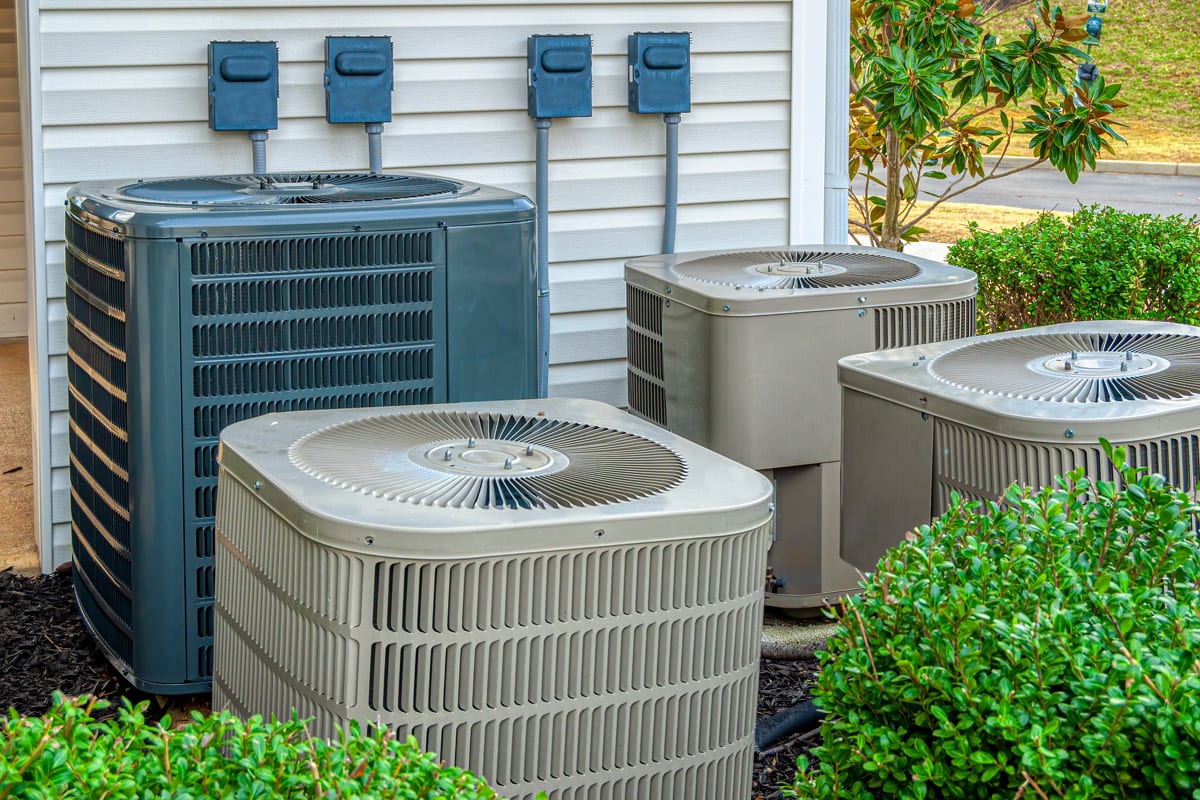
HVAC, which stands for heating, ventilation, and air conditioning, is essential to just about any home. HVAC is a large system that cools your house during summer and warms it during winter. It extends to heat pumps and air-quality units, such as air purifiers.
Features
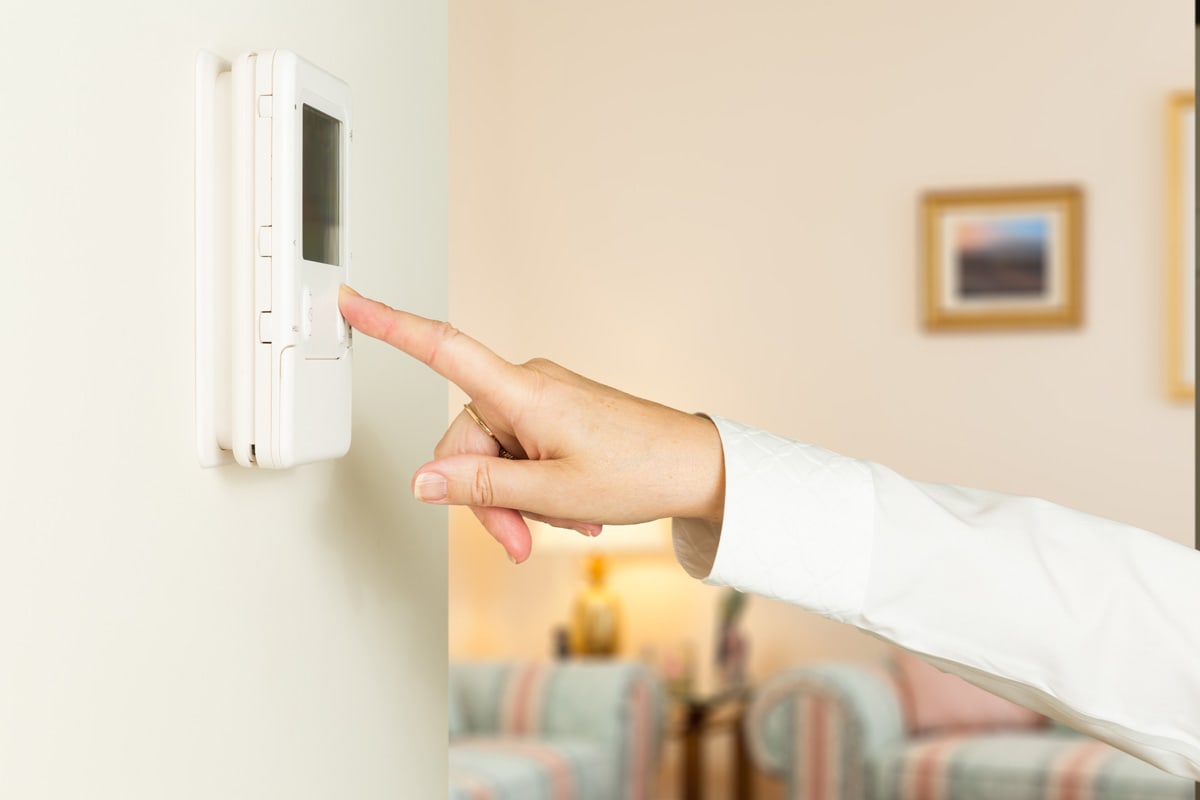
Mitsubishi's P series can serve large homes and commercial spaces. These models are high-powered and more extensive.
- Two categories: indoor and outdoor units.
- Modern energy-saving technology with improved fan designs.
- High performance in low ambient conditions up to -40 degrees Fahrenheit.
- Minimal sound operation. An outdoor unit has 44 decibels.
- Flexible to install due to long pipes and ideal for commercial zones like churches or apartments.
- Excellent outdoor heating performance with its hyper-heating inverter. It has a range extension of up to -13 degrees Fahrenheit.
- Defrosts gradually with its flash injection circuit.
- A 3D sensor that can detect the number and position of people and turns it into an energy-saving setting.
The Mitsubishi M series can cool and warm your house with versatile systems. It caters to your different needs.
- Wall-mounted units and deluxe wall mounts
- Dual barrier coating prevents dirt or debris build-up in the inner surface for clean and highly efficient operations.
- Detects temperatures in different rooms and has an infrared-ray sensor that detects room occupancy to adjust temperatures accordingly.
- Natural airflow distributes a natural breeze.
- Triple-action filtration: nano platinum filters, deodorizing filters, and electrostatic anti-allergy enzyme filters.
- Quiet operation as low as 20 decibels for some models.
- It performs with a sophisticated technology called H2i plus, which exerts a perfect heating capacity down to -5 degrees Fahrenheit.
- Energy Star certification for most models.
- Stylish designs, such as the MSZ-HM model.
Check out this remote control on Amazon.
Model Types
The P series offers two categories, indoor and outdoor units. You can also choose from wall-mounted models and multi-position units for ceiling installation.
The M series offers a variety of models with different types of setups, such as wall-mounted and floor-mounted units to the multi-position air handler.
Energy Efficiency
Both series work on energy-saving technology. The M series gained a lot of Energy Star certifications in most models, while the P series enhances the models with an energy-saving mode. The P series has outdoor units that are powerful.
Materials
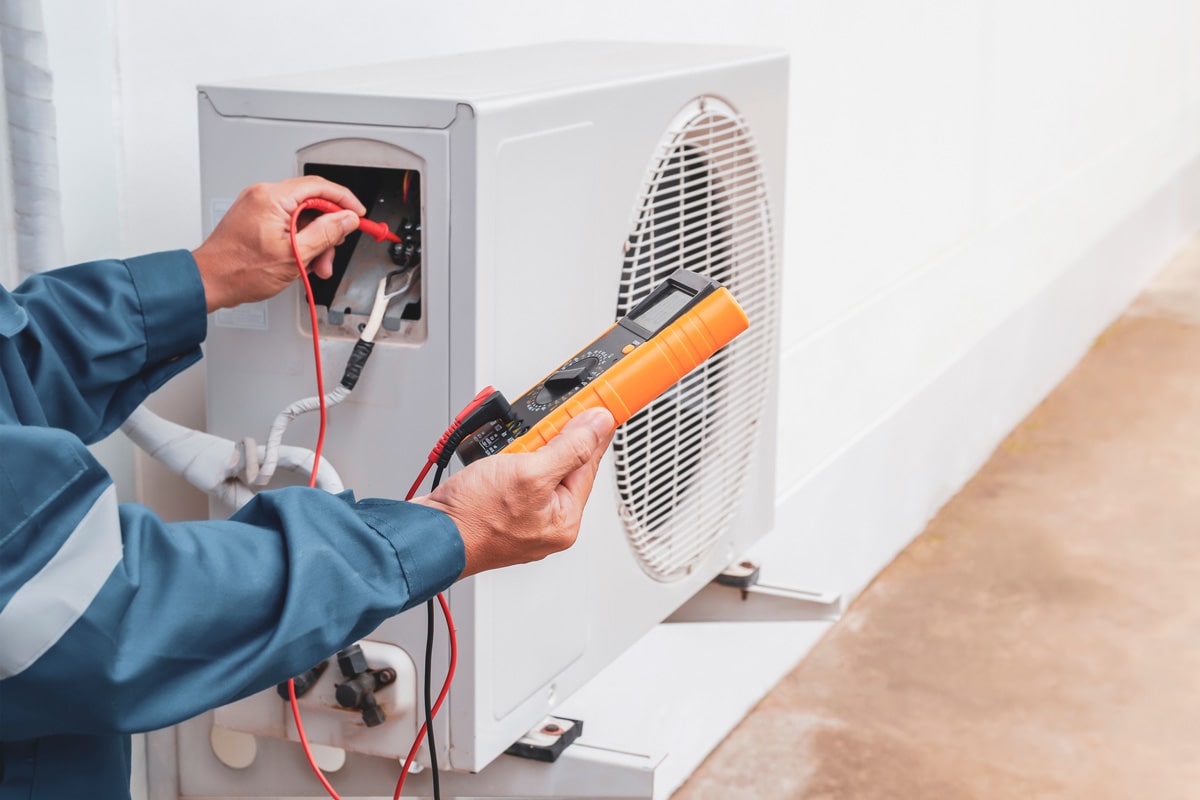
The P series models have designs focused on commercial operations and longer running times. They are also more expensive than the M series due to their large-scale systems.
You can also use the P series for homes, depending on the scale and needs of your residence.
Installation
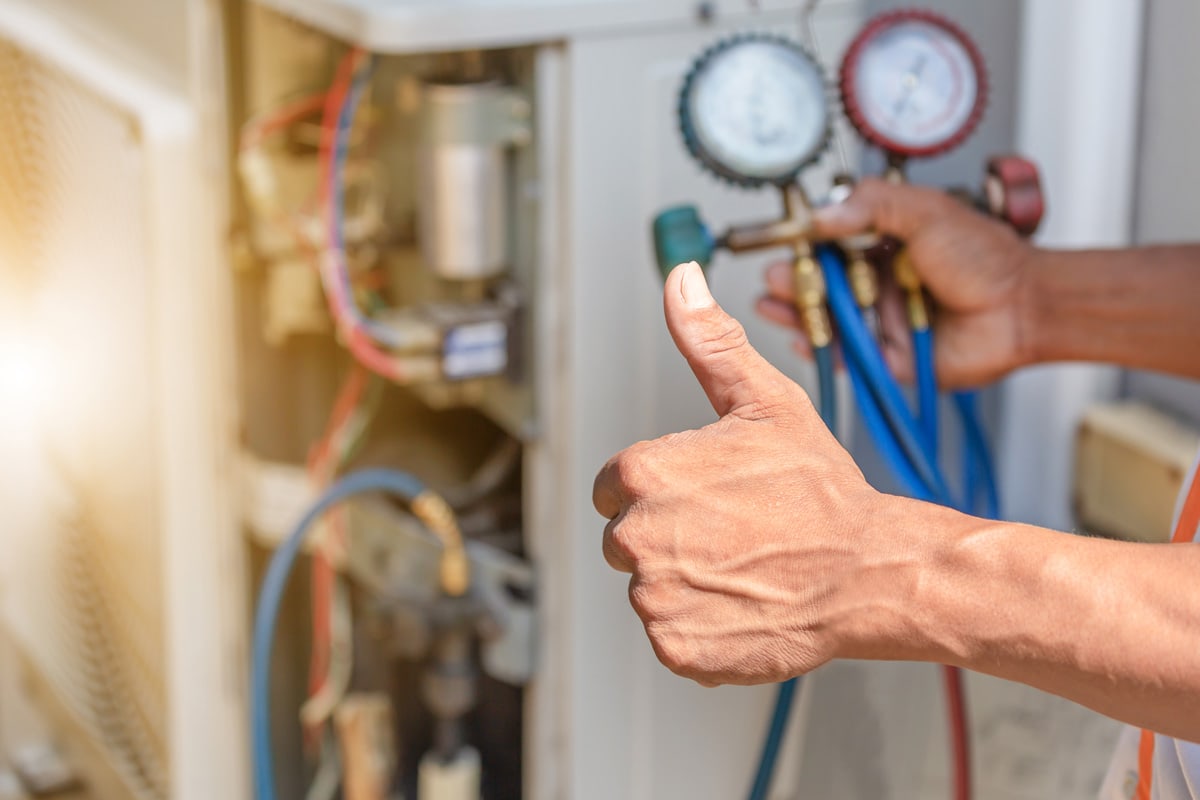
Mitsubishi products are usually easier to install than other brands. The technicians should be able to install the system in a day.
Of course, more outdoor and indoor units to install call for a bit more installation time. But overall, the brand is still known to offer convenience in installation.
The P series and the M series require less maintenance by technicians, whether indoor or outdoor units.
Where To Install
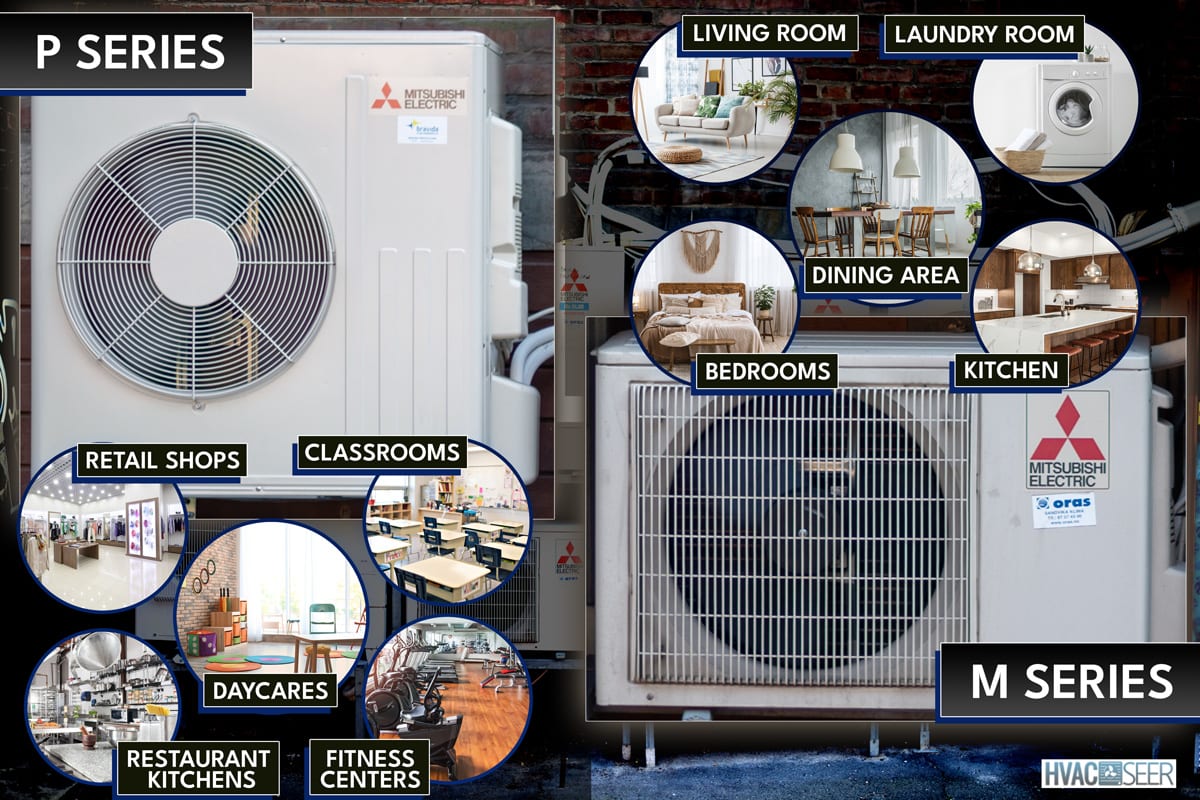
The P series is ideal for light industrial to large spaces. Below is a list of places where it is best to install these models for maximum use.
- Small or large offices
- Conference rooms
- Server/equipment rooms
- Large open residential floor plans
- Restaurant kitchens
- Retail shops
- Daycares
- Classrooms
- Fitness centers
- Critical service, high-reliability locations
- Areas where low ambient cooling to -20° F is needed
The M series is best for indoor or home applications. You can purchase the M series to install in different rooms in your house, especially areas where people usually gather and congregate. Here's a list to give you an idea.
- Living room
- Kitchen
- Bedrooms
- Laundry room
- Dining area
- Home theater
The Brand
Mitsubishi has been in the HVAC industry since 1921. It is originally from Japan. It has become the leading manufacturer of air conditioners and more in America and some parts of Latin America. It makes units for residences and industrial buildings.
Mitsubishi Electric Corporation (MELCO) has greatly expanded in Japan and in the United States. It established an affiliate company, Mitsubishi Electric US, Inc.
How To Maintain An HVAC System
HVAC systems, new or old, need regular maintenance. When your HVAC has been operating for 10 or 15 years, it will require more upkeep. Annual maintenance benefits you with lower energy bills, fewer repairs, enduring technology, and better air quality.
Your HVAC maintenance may differ depending on the season. For example, inspect the ignition burner assembly and the gas pressure of your HVAC during winter. Summer calls for filter replacement and removal of dust or mold.
Here is an overall guide to maintaining your HVAC:
- Use quality filters.
- Clear litter surrounding your outside units.
- Inspect refrigerant lines every month.
- Ensure your unit level.
- Remove or inspect for any clogs.
- Never shut multiple registers.
- Be aware of unusual odors and noises.
- Always check fan blades.
- Replace your thermostat batteries as necessary.
- Keep the carbon monoxide detector.
- Decide if it's time for total replacement.
Check out these filters on Amazon.
HVAC Energy Saving Tips
Aside from regular maintenance, of course, as an HVAC user, you are probably aware of how much energy you're consuming and how you can lessen your bill but still enjoy your HVAC efficiency.
- Use a smart thermostat. This is a good idea because you can easily regulate your home temperature anytime and anywhere. You can even put it on an auto setting.
- Turn on a ceiling fan. This can make your space cooler with less energy consumption, unlike an AC. You can blend two separate units and share working your house into a cool place.
- Insulate gaps and airways on your doors and window areas to block heat from getting in your house. This can help warm your room in winter and cool down the temperature in summer. Insulating your attic can also prevent extreme temperatures in your home.
- Add window shades. Sunlight passing straight through your windows can increase your room temperature. So, adding shades or rollers on your windows can help bar the heat from the sun.
- Clean your air conditioner. A dirty AC runs under more pressure. Thus, it contributes to your energy bills. Change the filters monthly. Remove all the dirt and debris for your unit to vent clean air.
- Invest in a new unit. Consider a more energy-efficient unit if your HVAC system is old enough to need extensive. Look for a high SEER rating with Energy Star certification.
Check out this ceiling fan on Amazon.
Summing Up
The Mitsubishi P series HVAC systems are mainly for light industrial and commercial areas, while the Mitsubishi M series models are ideal for residential areas.
Most units in the M series have Energy Star certifications, while the models in the P series feature energy-saving technology. Both series perform with high efficiency.
Discover more about Mitsubishi HVAC systems in these posts:
How To Change Batteries In Mitsubishi Air Conditioner Remote
How To Clean A Mitsubishi Mini Split [ A Step-By-Step Guide]



